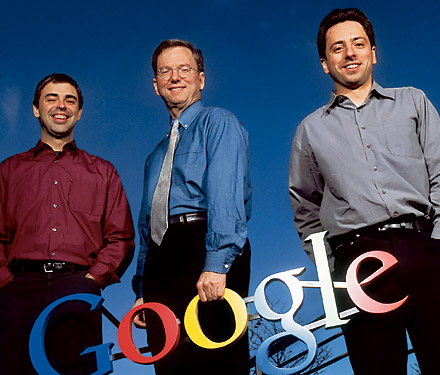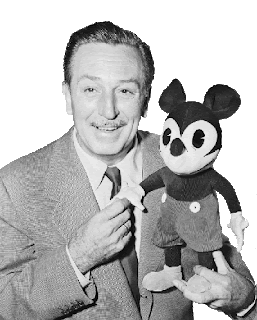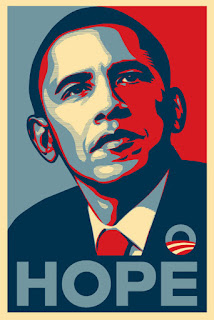
As one of the most innovative organizations in the world, the Coca-Cola Company “strives to refresh the world, inspire moments of optimism and happiness, create value and make a difference”. Through creative leadership, product innovation, inventive business processes, and encouraging consumer participation, Coca-Cola has become an agent of change for communities, by utilizing their resources to make an impact on the global environment.
According to Richard Florida, a company’s most vital asset is its creative capital, or a team of creative employees capable of discovering new technologies and ways to solve problems, increase efficiency, and power economic growth (125). Coca-Cola prides itself on creating an environment for its employees that fosters exploration, creativity, professional growth, and interpersonal relationships. Florida highlights the fact that organizations should stray away from which traits make individuals creative and instead “[unlock] the social and management contexts in which creativity is most effectively nurtured, harnessed, and mobilized” (126). Similarly, Heifitz focuses on leadership as an activity, and encourages the “unhinging of leadership” from personality traits in order to be able to assess the many ways in which individuals exercise leadership behavior.
Employees are constantly provided opportunities to grow with the organization and are rewarded for doing so. Coca-Cola offers a unique experience to employees known as the Coca-Cola University (CCU). CCU is a virtual global community where employees engage in learning and capability training in order to establish a foundation and align employee efforts with broader organizational goals. This is just one example of how Coca-Cola aids in product innovation and business processes. The company has acknowledged the importance of their employees and will provide the necessary resources and tools to harness creativity.
The most creative and profitable aspect of Coca-Cola is their brand. Coke is one of the few brands that inspires and promotes happiness, a company that has proven to be an American symbol and a representative of American innovation around the world. The company has over 500 brands and can be found in more than 200 countries. In order to keep an international presence, the company has had to adapt to local cultures and business processes to ensure that their product is accepted by consumers. This creative adaptation has benefited not only the organization but the communities it serves as well. The company is in a unique position to contribute to the economic vitality of even the most remote communities around the world(http://www.thecoca-colacompany.com/citizenship/economic_impact.html).
Finally, it is the involvement of the consumers and customers in the creative process that has led to organizational success. According to Florida & Goodnight, organizations should “engage customers as creative partners so that the [organization] can deliver superior products” (126). Coca-cola does just this by helping their customers maintain and grow their businesses.
It is transformative and creative brands that bring about change and prosperity to communities. Brands like this are shaped by innovative processes and creating a unique environment for employees to work to their potential.
“After all, it’s the combined talents, skills, knowledge, experience and passion of our people that make us who we are”
More information about The Coca-Cola Company:
http://www.thecoca-colacompany.com/citizenship/economic_impact.html
http://www.worldofcoca-cola.com/
http://ivythesis.typepad.com/term_paper_topics/2009/02/product-innovation-of-coca-cola.html













